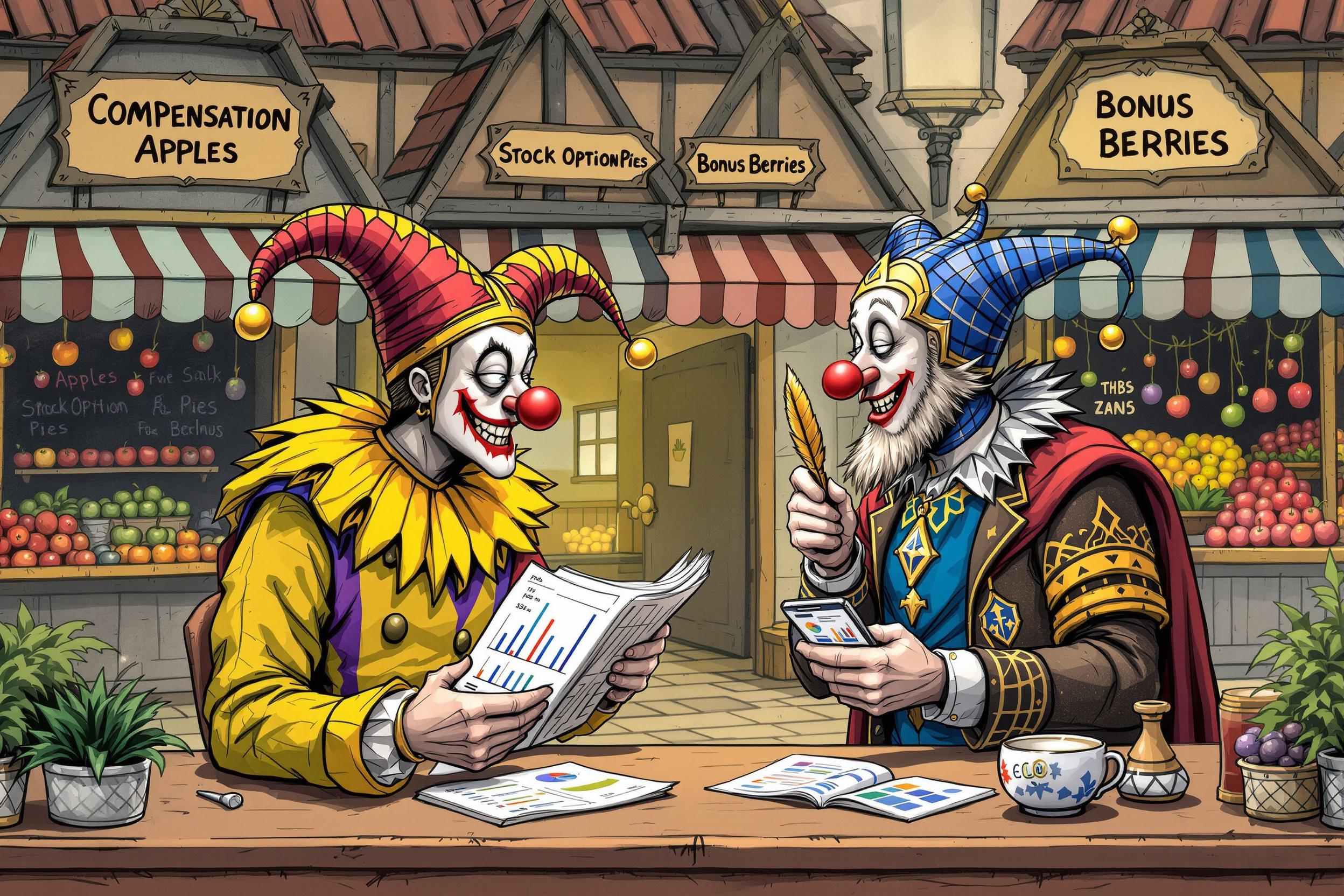
Paint Sheen
Paint sheen refers to how shiny or flat a painted surface looks after it dries. It's an important skill for painters to understand because different sheens are used for different purposes in homes and buildings. Common sheen levels include flat, eggshell, satin, semi-gloss, and high-gloss. Painters need to know which sheen works best for specific areas - like using flat paint for ceilings or high-gloss for trim work. The choice of sheen affects both how the final result looks and how well the surface can be cleaned or maintained.
Examples in Resumes
Selected appropriate Paint Sheen levels for different rooms based on client needs and surface conditions
Advised clients on Paint Sheen selection for high-traffic areas to ensure durability
Applied various Paint Sheen finishes including Flat, Satin, and High-Gloss for residential projects
Typical job title: "Professional Painters"
Also try searching for:
Where to Find Professional Painters
Professional Organizations
Online Communities
Job Resources
Example Interview Questions
Senior Level Questions
Q: How do you determine the appropriate paint sheen for different areas of a building?
Expected Answer: A senior painter should explain how they consider factors like room usage, lighting, wall condition, and client preferences. They should mention specific examples like using flat paint to hide wall imperfections or semi-gloss in kitchens for easier cleaning.
Q: How do you handle a situation where a client is unhappy with the sheen level after the job is completed?
Expected Answer: Should discuss communication skills, explaining the process of showing samples beforehand, and solutions like repainting with a different sheen if necessary. Should emphasize the importance of setting correct expectations.
Mid Level Questions
Q: What are the advantages and disadvantages of different paint sheens?
Expected Answer: Should be able to explain how flat paint hides imperfections but is harder to clean, while glossier finishes are more durable but show surface flaws more easily.
Q: How do you ensure consistent sheen application across large surfaces?
Expected Answer: Should discuss proper application techniques, maintaining wet edges, using consistent roller pressure, and the importance of proper lighting during application.
Junior Level Questions
Q: What are the basic paint sheen levels?
Expected Answer: Should be able to list and briefly describe flat, eggshell, satin, semi-gloss, and high-gloss finishes.
Q: Which paint sheen would you recommend for a bathroom?
Expected Answer: Should know that semi-gloss or satin is typically recommended for bathrooms due to moisture resistance and ease of cleaning.
Experience Level Indicators
Junior (0-2 years)
- Basic knowledge of paint sheens
- Surface preparation
- Basic paint application techniques
- Understanding of basic safety procedures
Mid (2-5 years)
- Advanced application techniques
- Proper sheen selection for different areas
- Problem-solving paint finish issues
- Client consultation skills
Senior (5+ years)
- Expert sheen selection and application
- Training and supervising teams
- Complex project management
- Advanced troubleshooting skills
Red Flags to Watch For
- Unable to explain different sheen levels
- No knowledge of proper surface preparation for different sheens
- Lack of experience with various paint brands and their sheen characteristics
- Poor understanding of appropriate sheen selection for different spaces
Related Terms
Need more hiring wisdom? Check these out...

The Hidden Art of Salary Negotiation: How to Win Hearts Without Going Broke

The Art of Selecting Great People: A Leader's Most Critical Skill

Refining Job Descriptions to Expand Applicant Pools: Casting a Wider Talent Net

